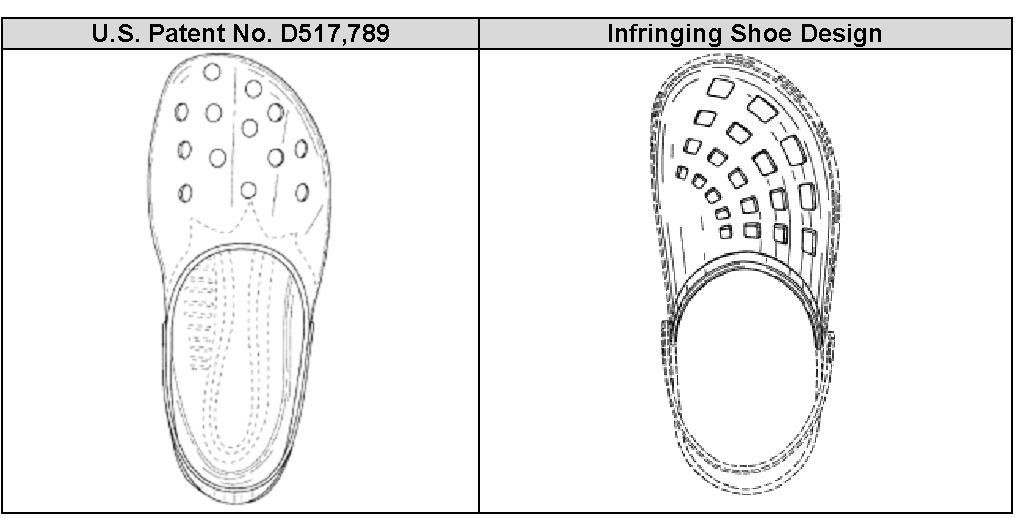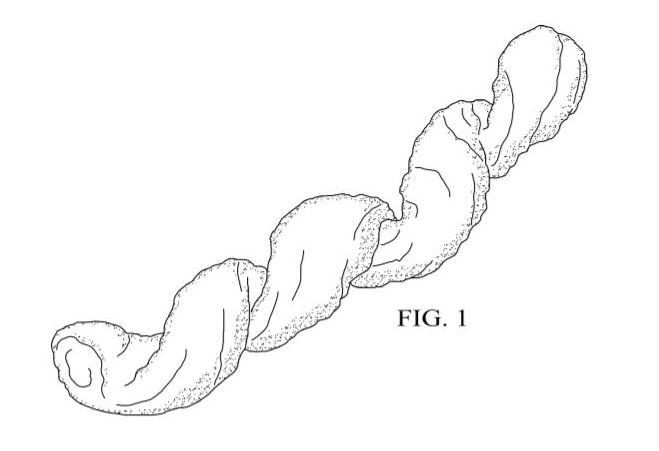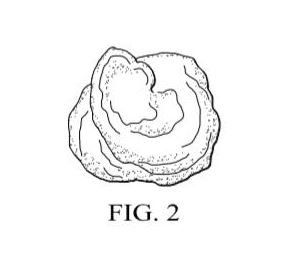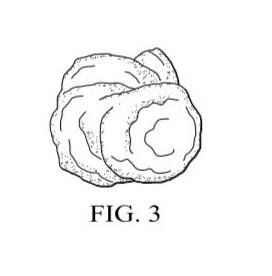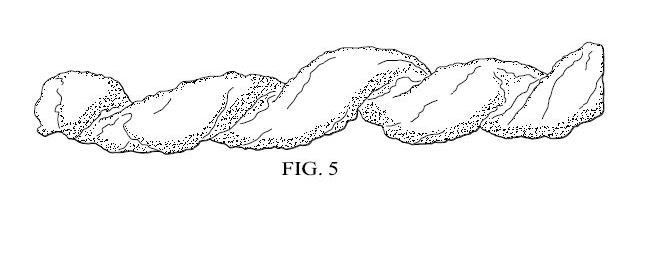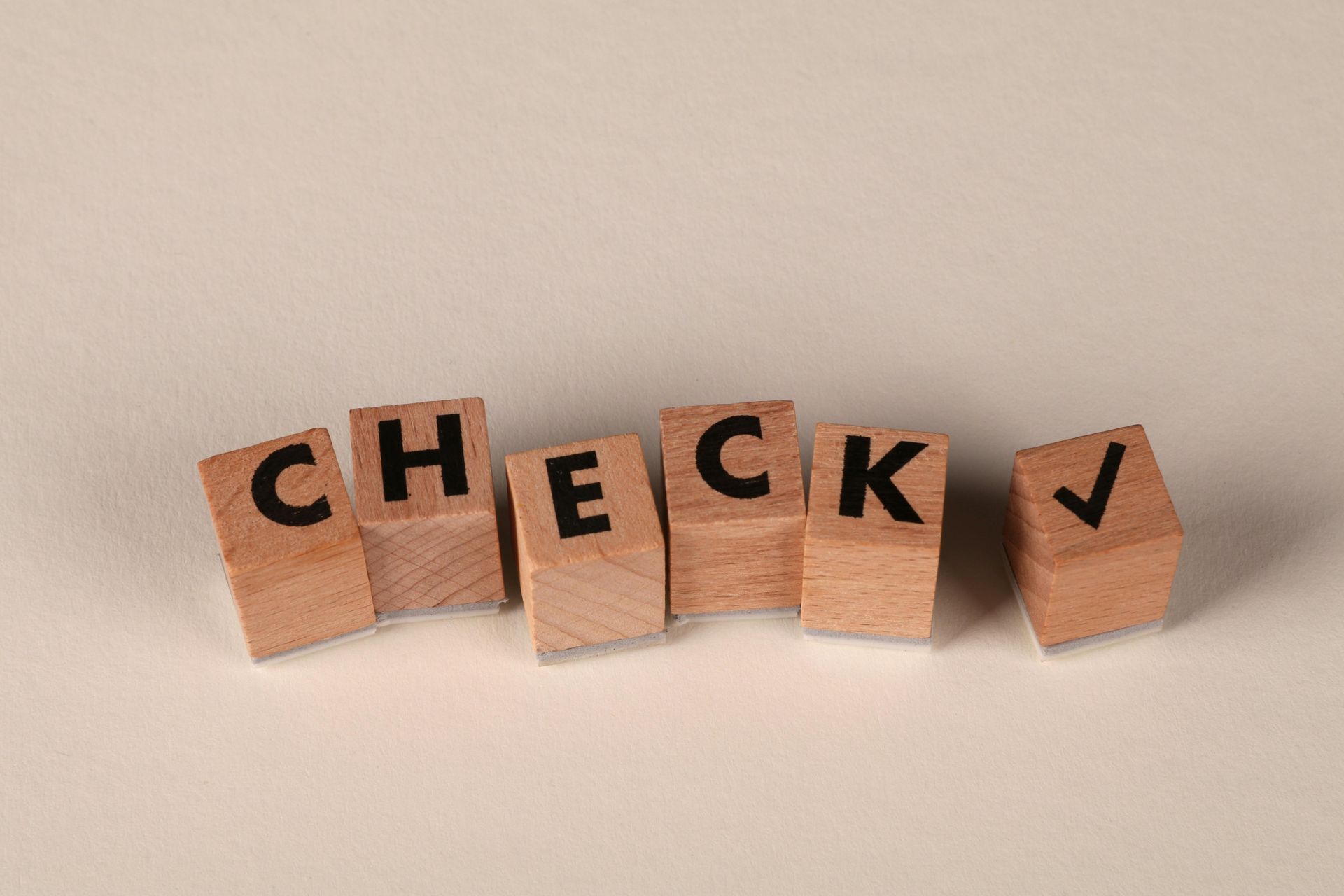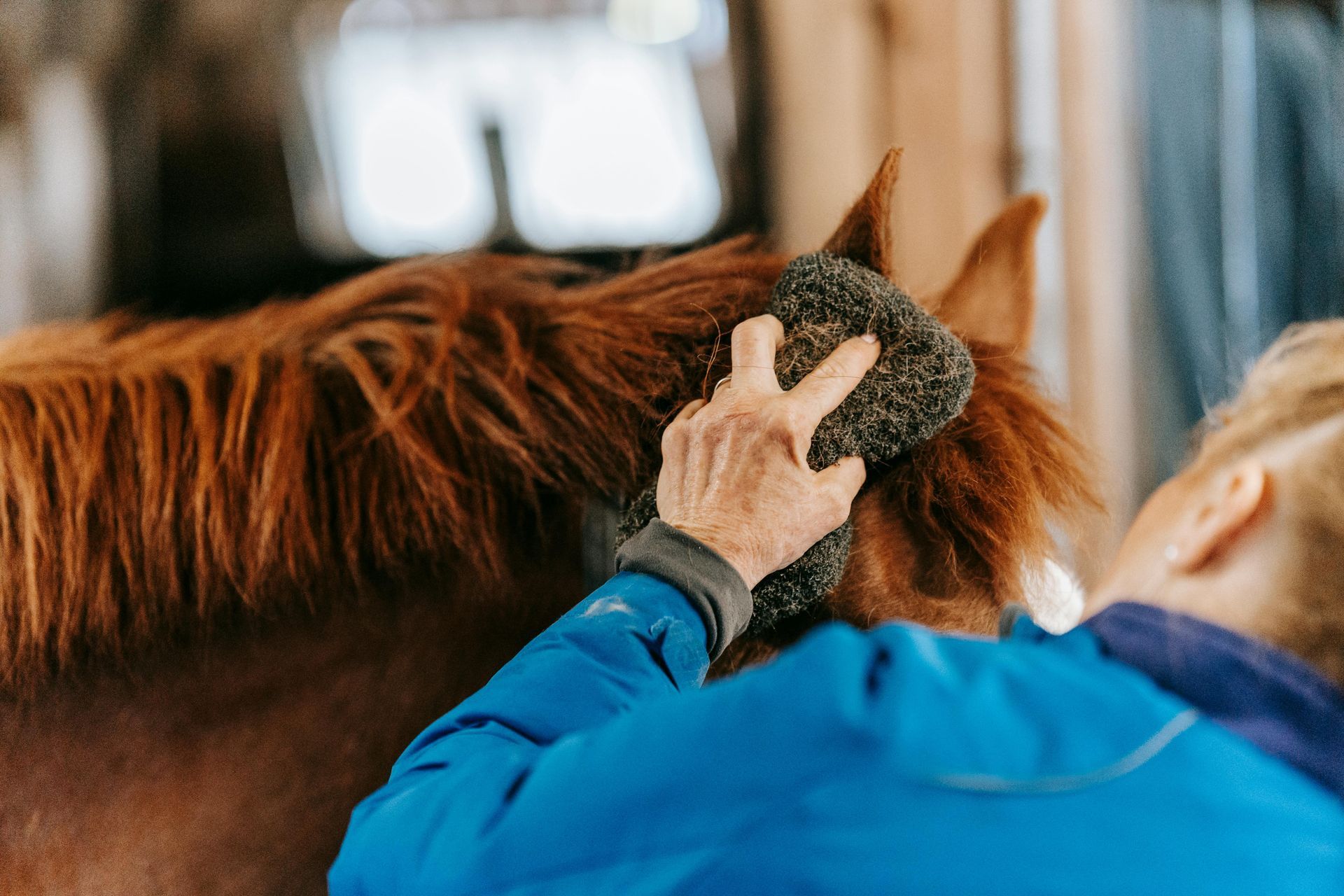CREATING COMPLEX DESIGN PATENT DRAWINGS
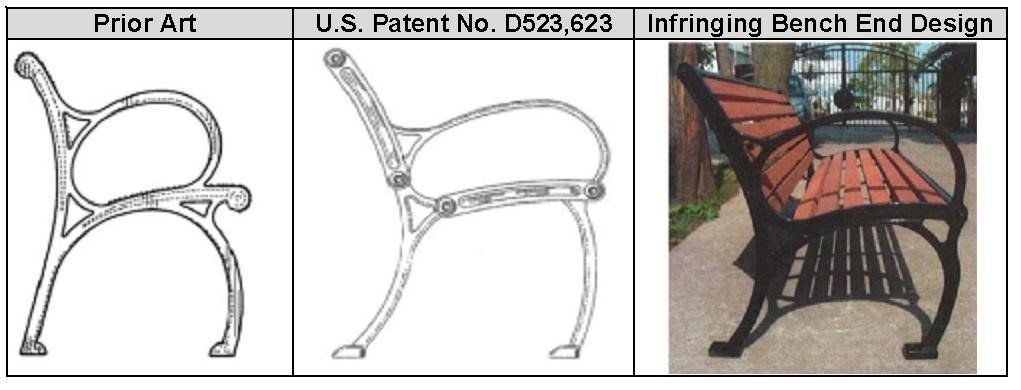
What is a Design Patent?
A design patent consists of the visual ornamental characteristics embodied in, or applied to, an article of manufacture. Since a design is manifested in appearance, the subject matter of a design patent application may relate to the configuration or shape of an article, to the surface ornamentation applied to an article, or to the combination of configuration and surface ornamentation. Importantly, a design for surface ornamentation is inseparable from the article to which it is applied and cannot exist alone. It must be a definite pattern of surface ornamentation, applied to an article of manufacture. These designs are manifestly shown through patent drawings.
The legal protection given to a visual or graphic work requires that items or designs not be substantially similar in concept to what is already in the public domain. A registered design patent may not be created, copied, used, or imported into the United States. And the Court’s will enforce a registered design such that it is not replicated or stolen by third parties. Design patents should only include a single claim, and typically costs less than a utility patent. In most cases, the total cost for filing and obtaining a design patent can range anywhere from $1,000 to around $4,000 in totality and does not require maintenance fees, although the price is based upon the intricacy of the design. The government filing fees for a design patent is around $220. Design patents can be important tools to prevent copy-cat competitors.
Elements Of A Design Patent Application
Given a design patent is a visual creation of ornamentality, it is important to show your design in many different visual perspectives. Essentially, and in order to secure a design patent, the USPTO will need to you communicate your design in as many different configurations as possible such that the patent examiner can understand the dimensionality of your design. The elements of a design patent application should include the following:
- Preamble, stating name of the applicant, title of the design, and a brief description of the nature and intended use of the article in which the design is embodied;
- Cross-reference to related applications (unless included in the application data sheet);
- Statement regarding federally sponsored research or development;
- Description of the figure(s) of the drawing;
- Feature description;
- A single claim;
- Drawings or photographs; and
- Executed oath or declaration.
Design Patent Figure Descriptions
A design patent figure description indicates what view of the drawing is represented by the image drawn (i.e., front elevation, top plan, perspective view, etc.). Any description of the design in the specification, other than a brief description of the drawing, is generally not required as the drawings are the design's best enabling description. While special description are sometimes helpful if complex drawings, such descriptions are not necessary. In addition to the figure descriptions, the following types of statements are permissible in a design patent specification:
- A description of the appearance of portions of the claimed design which are not illustrated in the drawing disclosure (i.e., "the right side elevational view is a mirror image of the left side");
- Description disclaiming portions of the article not shown, that form no part of the claimed design;
- Statement indicating that any broken line illustration of environmental structure in the drawing is not part of the design sought to be patented; and
- Description denoting the nature and environmental use of the claimed design, if not included in the preamble.
Patent drawings are required by patent office rules to be in a particular form, and that is why you want to work with a professional patent illustrator. A patent attorney will not typically create your patent illustrations, but they will help guide the creation as the patent illustrator will work under the direction of the patent attorneys. A design patent is form of legal protection for visual design creations of sufficient novel ornamentality capable of being rendered in a drawing. There are limitations to what can be protected through a design patent, one of these being that the product or visual creation must be distinctive in a unique when compared to similar inventions or other visual designs. If this standard is not met, then the chances of having a design patent granted significantly decreases.
Sample Complex Design Patent Drawings
Below are samples of many of the basic types of orientations necessary to effectively communicate your design to the patent examiner as well as the world. These elevations, cross-sections and perspectives are intended to show real-world perspectives of your invention. As you will see from the puff-extruded snack food design, showing dimensionality and perspective is often harder and more important than one might otherwise think of most typical three-dimensional objects:
Figure 1 is a top, elevation, perspective, transversal view of a closed coil puffed extrudate snack food showing the new design:
Fig. 2 is a proximal, cross-sectional, perspective, elevation view thereof:
Fig. 3 is a distal, cross-sectional, perspective, elevation view thereof:
Fig. 4 is a top, perspective, elevation view thereof:
Fig. 5 is a bottom, perspective, elevation view thereof:
Fig. 6 is a right-side, elevation, perspective view thereof:
Fig. 7 is a left-side, elevation, perspective view thereof:


Have an idea for a blog? Click and request a blog and we will let you know when we post it!



